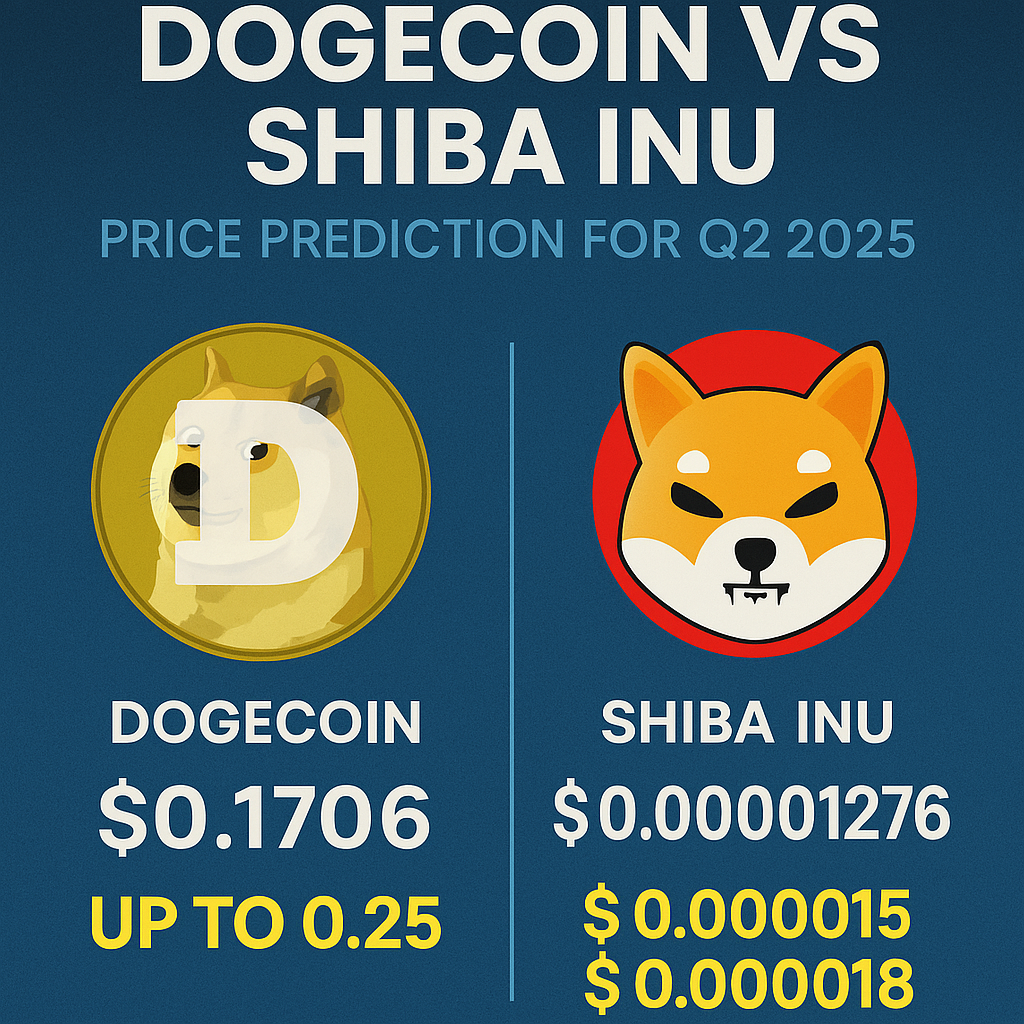The global stock market in 2025 reflects a complicated yet intriguing picture shaped by rising geopolitical tensions, dynamic macroeconomic trends, and a shifting technological landscape. Analysts from leading financial institutions have closely observed these movements and shared predictions to guide investors through a year filled with both uncertainty and potential.
This article breaks down the most recent analyst forecasts, updated with the latest developments from March 2025, and explains how investors can position their portfolios to respond to emerging trends.
Market Performance So Far in 2025
Global equities began 2025 on a strong note. The S&P 500 and NASDAQ rallied in January and February, with investors betting heavily on AI-led growth and softer monetary policies. However, March introduced turbulence.
Major indices corrected sharply. The S&P 500 recorded its worst month since September 2023. Analysts blamed the drop on three major factors:
- Renewed Trade Tensions: Speculation around new tariff policies from the U.S. presidency created uncertainty among global investors.
- AI Stock Valuation Concerns: Some tech analysts flagged overvaluation in AI-related stocks, triggering profit-booking.
- Low Correlation Among Stocks: For the first time in over two decades, analysts noticed an unusually low correlation among S&P 500 stocks. Historically, this divergence often preceded market downturns.
Despite these red flags, economists have not predicted a full-blown recession. Instead, many believe the market is undergoing a healthy recalibration.
Economic Forecasts and Earnings Outlook
Economists expect the U.S. economy to continue growing moderately in 2025. Inflation has cooled significantly, giving the Federal Reserve space to pause or even reduce interest rates later in the year. Corporate profits continue to expand, although analysts expect a slower pace than in 2024.
Investment strategists believe corporate earnings will play a pivotal role in shaping the market’s direction. Earnings per share (EPS) projections for the S&P 500 currently hover around $260–$265 for the year. However, these estimates may shift depending on economic policy developments and global trade outcomes.
In Europe, analysts project modest growth. High energy prices and subdued consumer demand will likely limit stock market gains. In Asia, especially in China and India, analysts maintain a bullish outlook due to technological innovation and consumption-driven growth.
Sector-Specific Predictions
Technology Stocks: A Regional Rotation
The tech sector remains a favorite among analysts, but the focus is shifting. While U.S. companies like Nvidia and Microsoft continue to perform well, Chinese tech stocks have emerged as major contenders in 2025.
Analysts have started calling them the “Terrific 10”—a group of Chinese technology companies including Alibaba, Baidu, Tencent, JD.com, Meituan, and others. These firms are investing heavily in homegrown AI infrastructure, especially since Western chip access remains restricted. Their innovation in AI-as-a-service and edge computing has attracted global attention.
ETFs tracking Chinese tech have already outperformed some U.S. counterparts in the first quarter of 2025. Analysts expect this trend to continue throughout the year, provided macro conditions remain stable in the region.
Defensive and Dividend Stocks Gain Favor
Portfolio managers now favor defensive stocks and high-dividend payers. With market volatility rising, investors have started shifting their capital into healthcare, utilities, and consumer staples—sectors that offer consistent earnings regardless of market cycles.
Top picks include firms with strong cash flows, low debt, and global revenue exposure. Analysts believe these stocks will offer both downside protection and moderate growth as market sentiment fluctuates.
Energy and Green Transition Stocks
Oil and gas stocks saw mixed results in early 2025. Rising geopolitical risk kept crude prices above $80 per barrel, which benefited traditional energy companies. But long-term investors continue to move funds into clean energy stocks, especially those tied to battery storage, green hydrogen, and grid tech.
Stock analysts tracking the green energy space expect a significant wave of capital expenditure and policy support in the second half of 2025, particularly in Europe and India. They encourage investors to take early positions in scalable and profitable firms in this space.
Geopolitical Impact and Trade Policies
Analysts across Wall Street are closely watching Washington D.C., where the administration prepares to introduce a new tariff package. Investors worry about its scope—will it target specific countries like China, or apply across categories? Will it affect consumer goods, technology, or industrial supplies?
Uncertainty surrounding this policy has already caused a spike in volatility. Portfolio managers expect markets to remain range-bound until the policy announcement becomes public. They advise investors to avoid sectors heavily reliant on imports or global supply chains during this period.
Additionally, concerns about retaliatory tariffs from other nations could impact exporters, especially in the tech and automobile sectors. Analysts recommend hedging such exposures and increasing cash allocations until clarity emerges.
AI Stocks: Reality Check After the Rally
AI remains a dominant theme in 2025 investing, but analysts have started applying stricter filters.
In 2023 and 2024, investors pumped billions into AI startups and stocks with even loose connections to generative AI. In early 2025, reality began to set in. Several companies missed earnings targets, and share prices dropped sharply.
Analysts now categorize AI stocks into two groups:
- Core Enablers: These include firms providing infrastructure (chips, data centers, cloud computing). Analysts remain bullish on this category.
- Peripheral Players: These firms over-promised and under-delivered. Analysts expect more downside here as investors reassess valuations.
Fund managers now look for real revenue growth and product adoption when selecting AI-related stocks. Hype alone no longer drives prices.
Updated Analyst Investment Strategies
To navigate this environment, analysts suggest a few actionable strategies:
1. Stick with Fundamentals
Analysts urge investors to rely on earnings quality, balance sheet strength, and sector leadership. They recommend staying away from speculative names and choosing companies with proven track records.
2. Buy Quality During Corrections
Rather than timing the bottom, investors should accumulate fundamentally strong stocks during market dips. Analysts believe the current volatility provides attractive entry points.
3. Increase Geographic Diversification
In addition to U.S. equities, analysts suggest allocating capital to emerging markets like India, Vietnam, and Mexico, where growth stories remain intact.
4. Watch the Bond Market
Equity investors must monitor bond yields and central bank commentary. Falling yields may trigger a tech rally, while rising yields could pressure high-valuation stocks.
5. Stay Invested, But Adjust Exposure
Analysts advise staying invested for the long term but rebalancing portfolios to reflect changing risks and opportunities.
Conclusion: What Lies Ahead
Stock market predictions for 2025 show a mix of optimism and caution. While analysts see opportunities in tech, emerging markets, and defensive stocks, they also highlight risks from trade policies, geopolitical tensions, and inflated valuations in certain sectors.
Smart investors will monitor key indicators—corporate earnings, policy shifts, global inflation—and adjust strategies without succumbing to panic or euphoria.
Analysts continue to encourage discipline, diversification, and long-term thinking. Those who follow data-driven strategies and adapt to the new realities of 2025 stand the best chance of outperforming the market.
ALSO READ: Top 5 Mutual Fund News of March 27, 2025




